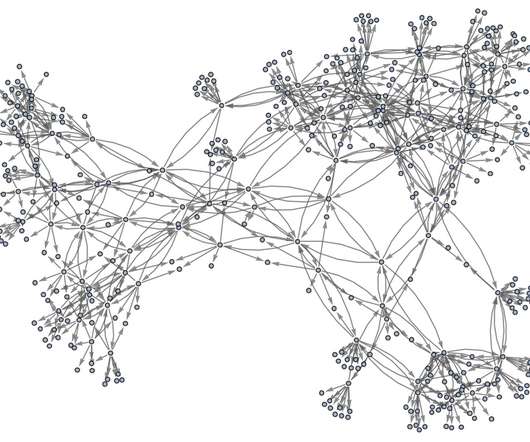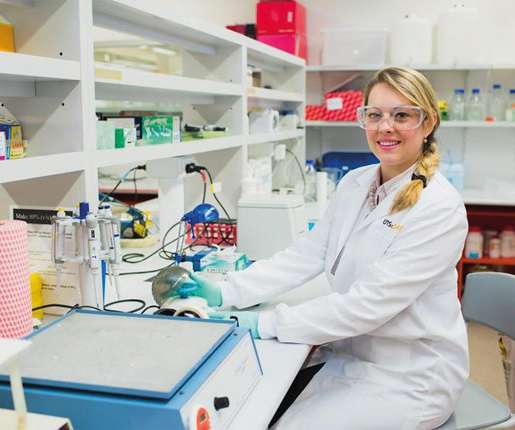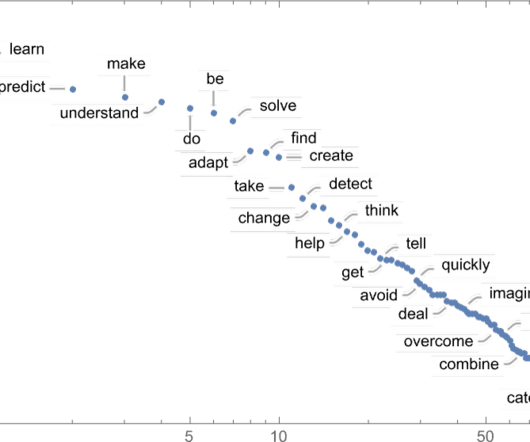The Physicalization of Metamathematics and Its Implications for the Foundations of Mathematics
Stephen Wolfram
MARCH 7, 2022
1 Mathematics and Physics Have the Same Foundations. 2 The Underlying Structure of Mathematics and Physics. 23 The Physicalized Laws of Mathematics. 29 Counting the Emes of Mathematics and Physics. 1 | Mathematics and Physics Have the Same Foundations. 3 The Metamodeling of Axiomatic Mathematics. Graphical Key.












Let's personalize your content